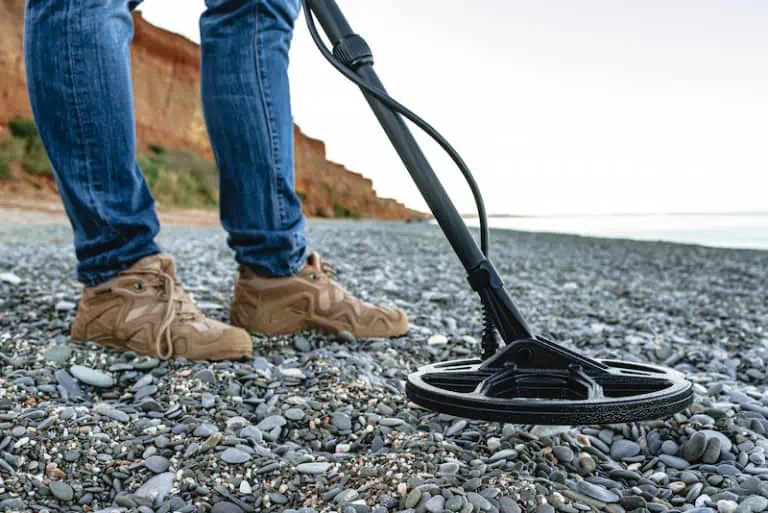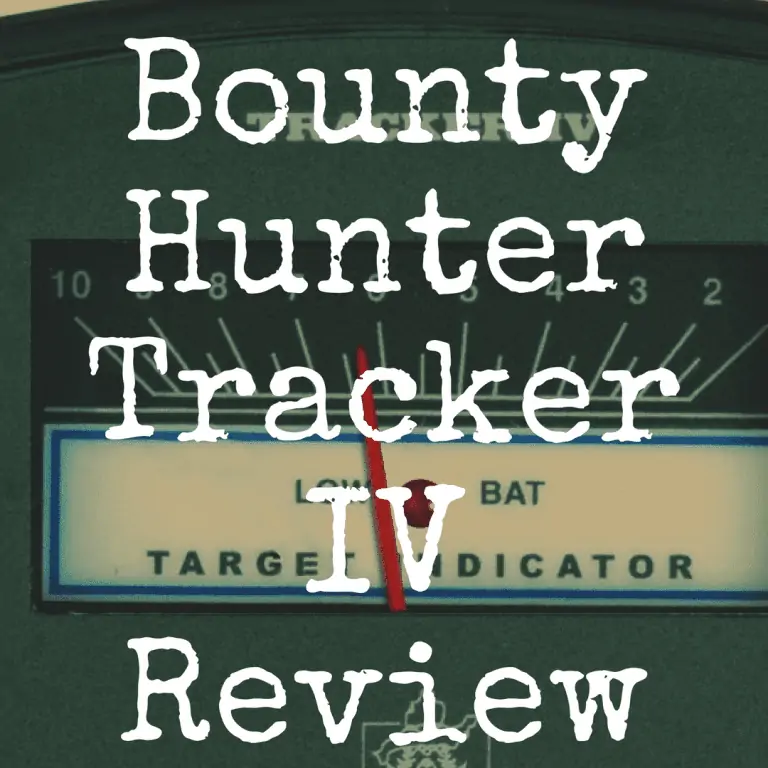Bounty Hunter Tracker IV vs Bounty Hunter Discovery 1100
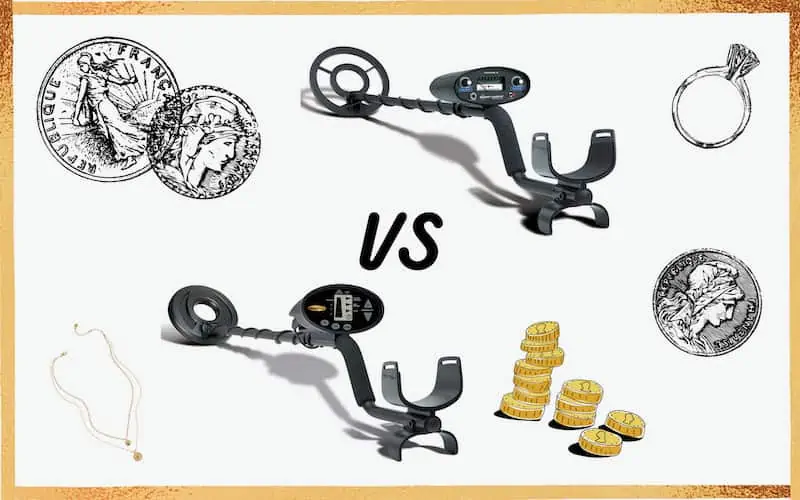
Bounty Hunter metal detectors are an excellent choice for entry level metal detectorists. Often, intermediate metal detectorists enjoy them for their simplicity. Bounty Hunter metal detectors are simple to use, simple to learn, and a great bargain.
Bounty Hunter is part of the First Texas company, the same parent company that owns Teknetics and Fisher metal detectors. The Tracker IV and Discovery 1100 are both fantastic detectors for those just starting out, or for anyone who wants a simplistic metal detector. This article will compare the 2 models, and ultimately decide who wins in the battle of Bounty Hunter Tracker IV vs Bounty Hunter Discovery 1100.
| Photo | Model | Price | Features |
|---|---|---|---|
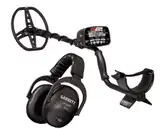 | Garrett AT Max | $$$ | Waterproof to 10 feet |
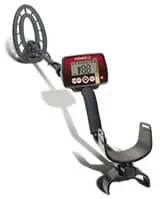 | Fisher F22 | $$ | 9″ Triangulated Concentric Coil |
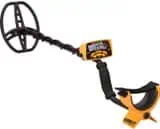 | Garrett Ace 400 | $$$ | 8.5 x 11" DD coil |
 | Minelab Vanquish 540 | $ | Search Modes: Coin, Relic, Jewelry, Custom, All Metal |
Bounty Hunter Tracker IV
The Bounty Hunter Tracker IV is a great choice for a beginning detectorist or for teenagers. This detector is easy to use, has a low price point, and is simple and straightforward. The Tracker IV features an analog meter display, where the needle will point to the likely type of metal detected. This screen is easier to see than some LCD screens, especially in bright sunlight. The stem is adjustable so it can be used by detectorists of all sizes. This model weighs 3.7 pounds, so it is lightweight for most teens and adults. It may be a bit heavy for smaller children.
The Bounty Hunter Tracker IV is a single frequency VLF (very low frequency) metal detector that operates at 6.6 kHz. This is not the best frequency for detecting small gold but is a good range for general treasure hunting. This detector can find objects up to 7” deep in good soil conditions. It comes with an 8” concentric search coil.
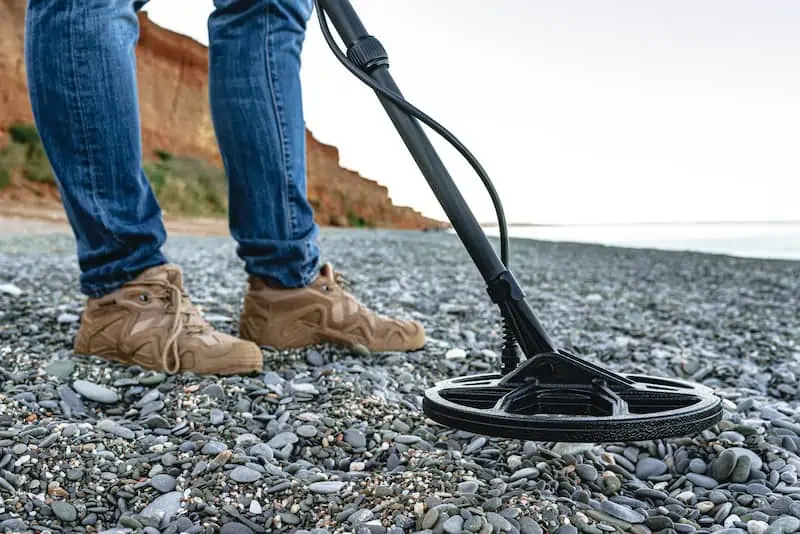
The search coil is waterproof, but the control box is not. Therefore, it should never be fully submerged in water. You can, however, use the Tracker IV in shallow waters if you are careful This model features 2 tone audio, low and high, which are only available in Tone Search Mode.
Tone Mode eliminates signals for iron and gives high and low tones for all other metals. This is the Tracker IV’s discrimination mode, where you can use the discrimination knob to further eliminate unwanted metal targets and focus solely on certain metal types. If you are coin shooting, use a nickel to assess the detector.

Nickel is naturally low conductive and is a good benchmark to set discrimination while coin shooting, especially in trashy areas. The other search mode on the Bounty Hunter Tracker IV is All Metal Mode. This mode will have no discrimination and will provide a single audio tone when it detects any type of metal. This mode gives users the most depth. Discrimination modes typically lower the search depth.
One drawback to this detector is factory set ground balancing. Ground balance can be a huge help in areas with high soil mineralization, hot rocks, and saltwater. Preset ground balance is good for new detectorists, however, because it is one less setting you must worry about. Be aware, though, that his detector will not function well in saltwater areas because of the high conductivity of salt.
It will also struggle in areas with high soil mineralization. You may also have more ground noise and chatter because the ground balancing cannot be adjusted. The Tracker IV operates on 2 9-volt batteries.
This model does lack some of the entry level features of other beginning metal detectors. However, for its price point, this detector is a great option. This is the first metal detector I ever used, and eventually gave it to one of my sons.
He has had a blast learning the detector and finding metals in the woods. He even found a substantial chunk of silver while detecting in the forest! So, this detector may lack so me features commonly found on entry level detectors, it no doubt finds metal! This detector is a strong contender in the Bounty Hunter Tracker IV vs Bounty Hunter Discovery 1100 battle!
Bounty Hunter Discovery 1100
The Bounty Hunter Discovery 1100 is another great option for beginning detectorists or teenagers. This model features a small LCD screen. It has a bar on the left side showing the potential metal found, which will correspond with a target arrow identifying iron, mid-range, and silver or copper. Sensitivity is adjustable on the right side of the analog face. This model also features a depth indicator.

The Bounty Hunter Discovery 1100 features 4 Mode control, with high tone, low tone, medium tone, and low & medium tone. High tone is all metal with nothing discriminated. Low tone eliminates iron targets. Medium tone eliminates mid-range targets. Low & medium tone eliminates both iron and mid-range metals. This detector can find small objects up to 6” deep. With large objects, it can find objects up to 2 feet deep.
The audio feedback is 3 tone. Audio feedback helps you determine what type of metal you have found so you can decide to dig or leave the target. The detector stem is adjustable so it can be used by detectorists of all sizes. The Discovery 1100 is a single frequency VLF metal detector that operates at 6.6 kHz.
Again, this is not a good frequency for finding small gold nuggets. It is a good range for general treasure hunting, though. This detector weighs 1.5 pounds, so it is easier for younger detectorists to use. It
The low operating frequency of this detector will not be good for use in saltwater areas or areas with high soil mineralization. It operates on 2 9-volt batteries. Ground balancing is automatic and preset, like the Tracker IV. This means it will struggle to compensate in certain soil conditions. The Discovery 1100 comes with a 7” search coil. The coil is waterproof, but the control box is not so the detector should never be submerged in water.
Bounty Hunter Tracker IV vs Bounty Hunter Discovery 1100
Both the Bounty Hunter Tracker IV and Bounty Hunter Discovery 1100 are VLF detectors operating at 6.6 kHz. The Tracker IV has a slightly larger search coil than the Discovery 1100. The Discovery 1100 has an LCD screen, whereas the Tracker IV’s screen is analog. The Discovery 1100 has one more search mode than the Tracker IV. Both detectors have audio feedback settings depending upon the search mode chosen.
Neither detector is fully waterproof so they should not be submerged. The Discovery 1100 is lighter weight than the Tracker IV. The weight is over 2 pounds difference, so you will be able to swing the Discovery 1100 for much longer without arm fatigue. The Discovery 1100 features a depth indicator, which the Tracker IV does not have. Neither detector has a pinpoint mode. Both have adjustable stems so they can be used by detectorists of all sizes.
The Tracker IV and Discovery 1100 both operate on 2 9-volt batteries, so the operating costs of both detectors is low. Both are simple to master and both detectors can be turned on and used immediately after assembly. Bounty Hunter offers a 5-year warranty on both the Tracker IV and the Discovery 1100.

Conclusion
For a beginning detectorists, you really cannot go wrong with either of these metal detectors. If I had to recommend one over the other, I would recommend the Discovery 1100. It has a few more features than the Tracker IV like depth indicator, LCD screen, and more search modes. It is also lighter weight, which means you can metal detect longer with less arm fatigue. This is also helpful when detecting with children as the lighter weight is easier for them to manage.
If you are detecting with children, the Discovery 1100 will be the best option because of the lower weight. The Tracker IV is easier to learn, but it is heavier than most entry level metal detectors. If you are looking for a no-frills metal detector, one that you can just turn on and detect with without adjusting settings, the Tracker IV will work well for you.
The price is very reasonable for a basic metal detector so you will not be out much. But, if your budget can accommodate it, I would still recommend the Discovery 1100. It does not have any complicated settings, has more search mode options, is lower weight, and will be a fantastic option for beginners.
Bounty Hunter also offers a 5-year warranty on both metal detectors. This is great because if anything goes wrong during normal use, it will be covered under warranty. Normal wear and tear or improper usage or storage will not be covered, so always treat your metal detector kindly, keep it clean, and store it properly.
Keep In Mind
Regardless of which metal detector you choose to purchase, I suggest evaluating the detector when it arrives. Read your manual and keep it with you when you go detecting. You can assess the detector right in your own home by using several types of metals found around your home. Simply wave them over the search coil and listen to and watch the response from your metal detector.
This is extremely helpful for new detectorists because it helps you recognize and differentiate diverse types of metals and their signals. You can also take some metallic items from home to an outside location and assess the detector that way. Simply bury your targets, mark them so you know where they are, and swing your detector.
Aside from that, make sure you have a decent quality digging tool. It is worth spending a little bit more on a better-quality digging tool than to have a cheap one break in the field. It is extremely frustrating to lose a digging tool while you are still digging for your target. I suggest a hand trowel and a full-sized shovel.

This way you can dig small and larger plugs, depending on what you need. It is also a good idea to have a finds pouch, or a bag or some kind to store your finds in. This way they are kept safe. A trash bag is another good idea because I can guarantee you will find trashy targets! We should always pack out any trash we find and try to leave an area better than we found it.
FAQ
If you enjoyed this article, please “like” our Facebook page!
You Might Also Want to Read:

